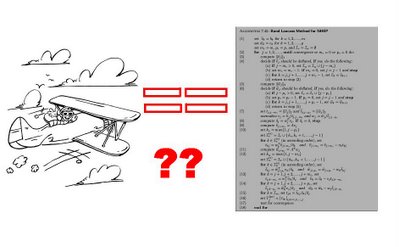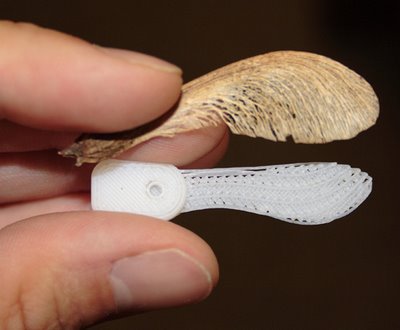Evolutionary Design And Evolutionary Engineering: Emerging Technologies

I watched at Technology Review an excellent video about evolutionary engineering/design presented by Eric Bonabeau:
Evolutionary Design - Computers can provide design variations that no human would have imagined.
Bonabeau gives a nice overview of evolutionary computation applications, such as a ship control system and drug design, both problems are difficult to model through mathematics itself, so it is interesting to evolve solutions for that kind of problems.
It reminds me Professor Hans-Paul Schwefel and his approach to evolve a two phase flashing nozzle. Since no simulation model was available at the time an experimental optimization¹ had to be performed, using a so-called (1+1) Evolution Strategy without recombination, but that ES had evolutionary operators of gene duplication and deletion. I guess that was one of the early evolvable hardware experiments.
It is amazing to see how evolutionary computation evolved since its beginnings when the Cybernetics Zeitgeist was at its apogee.
Notes:
¹ Experimental Optimization means that you have a real physical, mechanical, electrical, optical, chemical, etc, object or some model, like physical, of the real object - and absolutely no computer - and you want to alter some of its properties (size, charge, temperature, pressure, etc.) in order to achieve an improved performance according to some criterion (criteria). Before the end of the 1960s Ingo Rechenberg and Hans-Paul Schwefel did not think of using the Evolution Strategy as a numerical method. Computers were not yet available in larger numbers, and if so, their power was rather weak.




